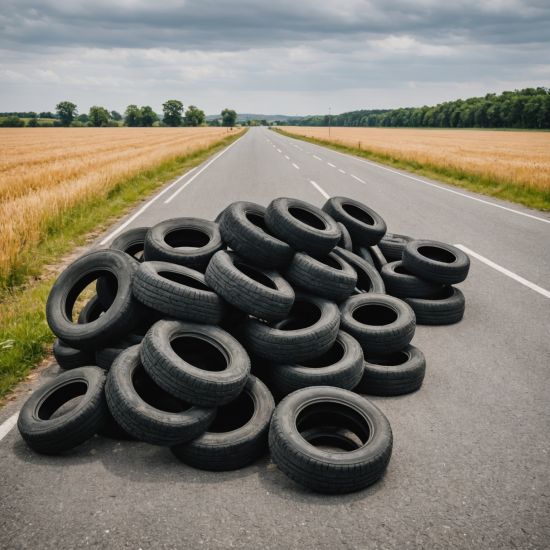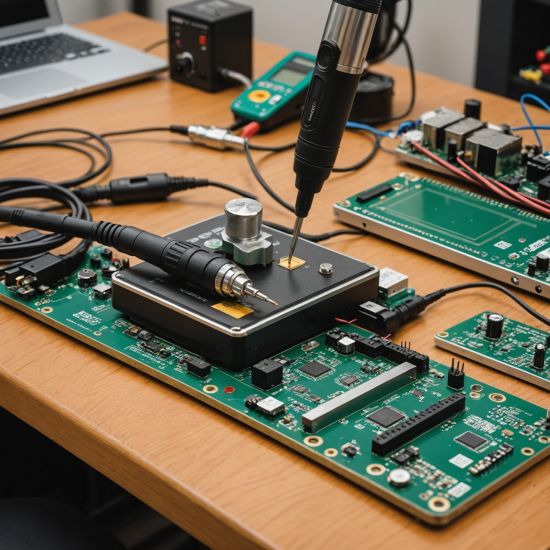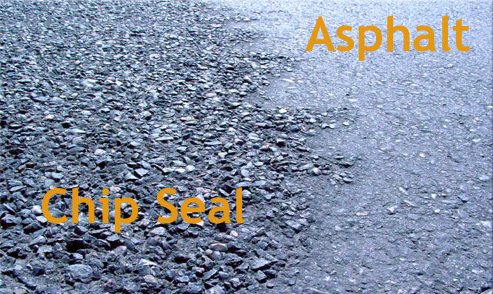The Differences Between Cheap and Expensive Car Tires

Choosing the right tires for your car can significantly impact your driving experience and safety. This article compares cheap and expensive car tires designed for normal road driving, highlighting their similarities and differences to help you make an informed decision.
Cheap Car Tires
Cheap car tires, often found at big-box stores or online retailers, prioritize affordability over performance and longevity. They typically use less expensive materials and manufacturing processes. This results in a lower upfront cost, making them an attractive option for drivers on a budget. However, this cost savings often comes at the expense of several key performance aspects.
Expensive Car Tires
Expensive car tires, from premium brands like Michelin, Bridgestone, and Continental, represent the top tier in tire technology. They utilize advanced materials, sophisticated tread designs, and rigorous manufacturing processes. These tires generally offer superior performance in various areas, including grip, handling, braking, and longevity. However, this superior performance comes with a significantly higher price tag.
Comparing Cheap and Expensive Car Tires
Here's a comparison table highlighting the key differences:
| Feature | Cheap Car Tires | Expensive Car Tires |
|---|---|---|
| Price | Significantly lower | Significantly higher |
| Tread Life | Shorter; typically 30,000-50,000 miles Source: Consumer Reports | Longer; often 60,000-80,000 miles or more Source: Tire Rack |
| Handling | Less responsive; may feel vague or unstable | More precise and responsive; better cornering |
| Grip (Wet/Dry) | Lower grip, especially in wet conditions | Superior grip in both wet and dry conditions |
| Braking Distance | Longer braking distances | Shorter braking distances |
| Noise | Can be louder | Often quieter |
| Fuel Efficiency | May negatively impact fuel economy | Can improve fuel efficiency |
| Ride Comfort | Can be harsher | Generally smoother and more comfortable |
| Durability | More susceptible to punctures and damage | More resistant to punctures and damage |
Similarities:
Both cheap and expensive tires share some similarities:
- Basic Function: Both types of tires perform the fundamental function of providing traction, supporting the vehicle's weight, and absorbing shocks.
- Size and Fit: Tires are available in various sizes to fit different vehicles; both cheap and expensive tires adhere to the same size standards.
- Safety Regulations: Both must meet minimum safety standards and regulations set by organizations like the National Highway Traffic Safety Administration (NHTSA).
What Tires Are For You?
While both cheap and expensive car tires serve the same fundamental purpose, their differences are substantial. Expensive tires offer superior performance in almost every aspect, including grip, handling, braking, longevity, and comfort. However, this comes at a significantly higher price. The choice between cheap and expensive tires depends largely on individual priorities and budget. If prioritizing cost is paramount, cheap tires are a viable option. However, for enhanced safety, performance, and long-term value, investing in expensive, high-quality tires is recommended, especially for drivers who value safety and a more comfortable ride. The longer tread life of expensive tires can also offset the higher initial cost over the lifespan of the tire.






